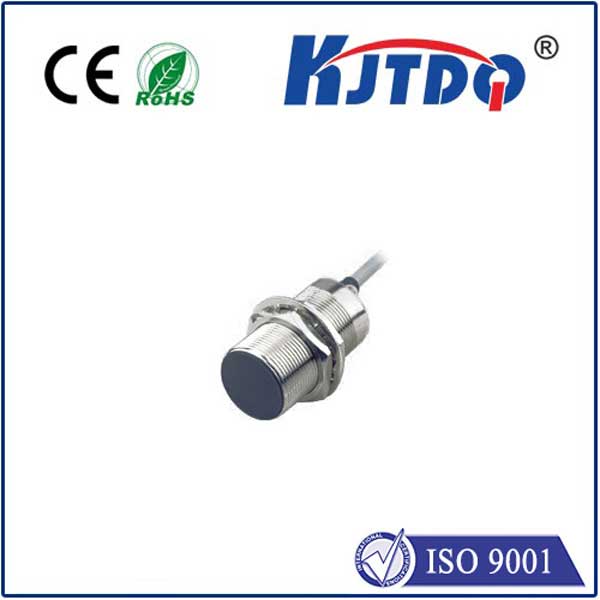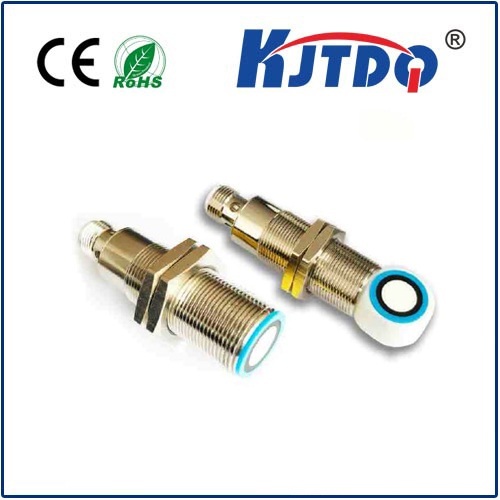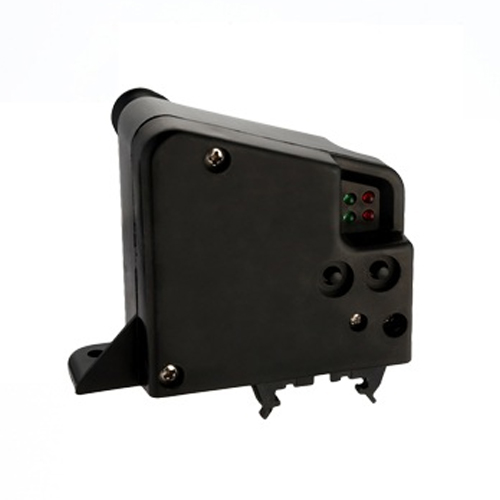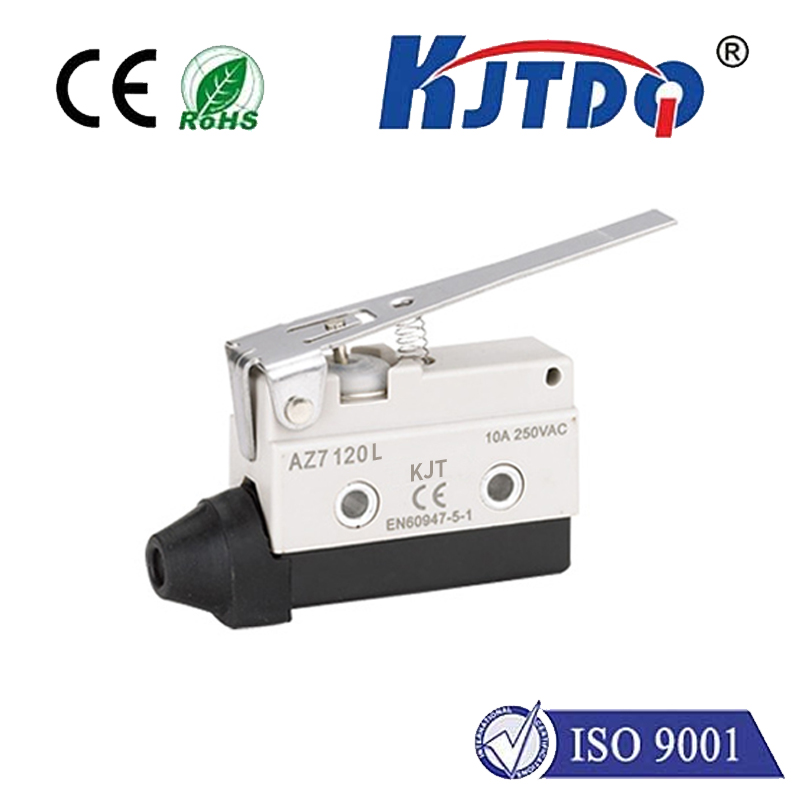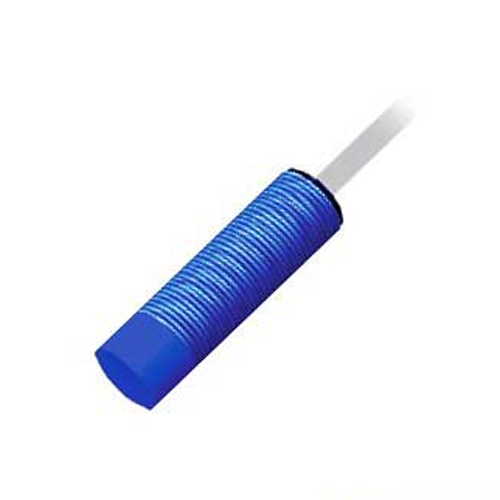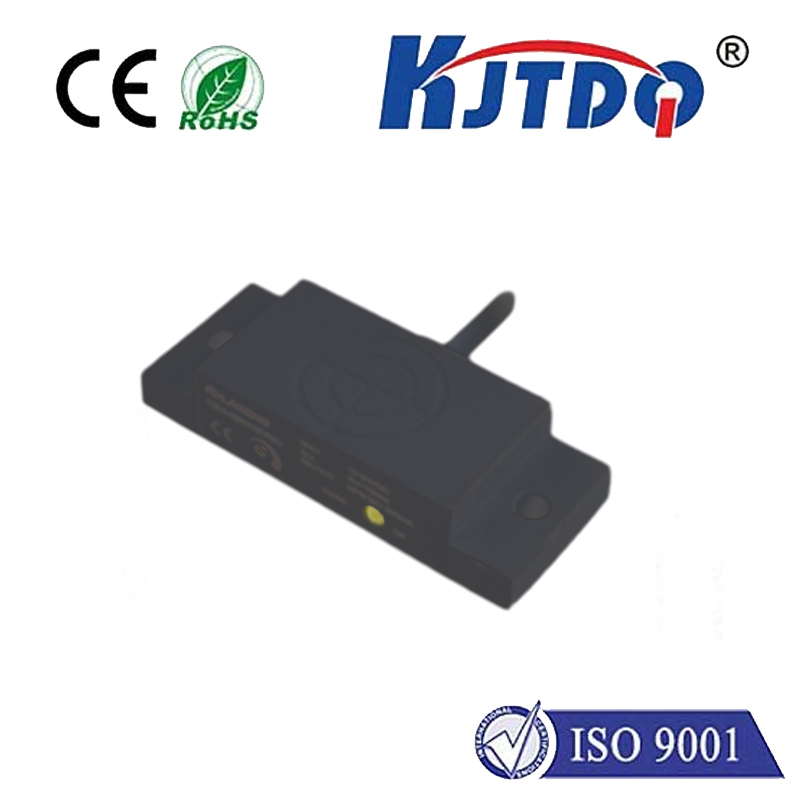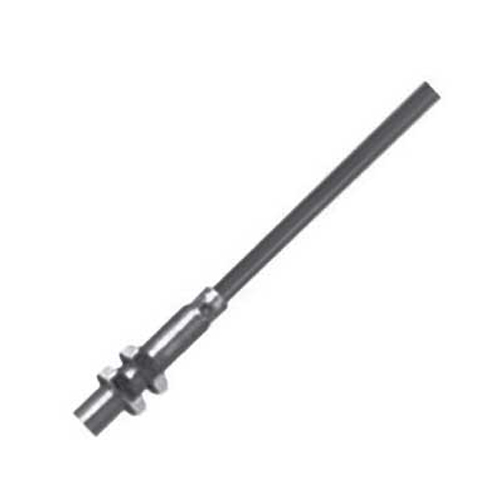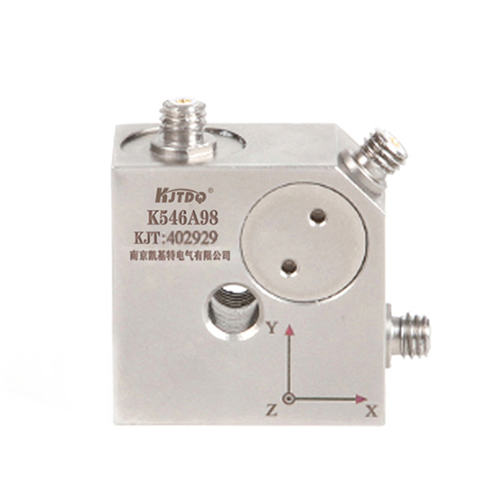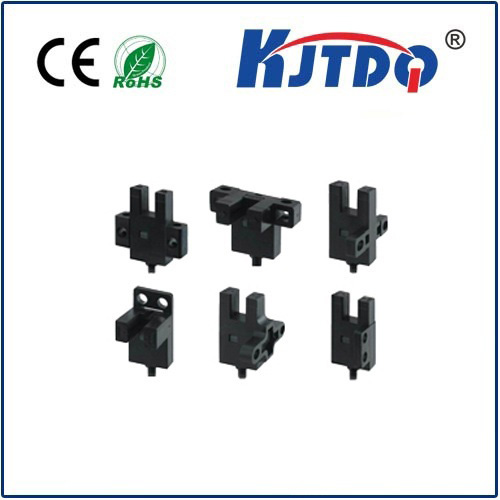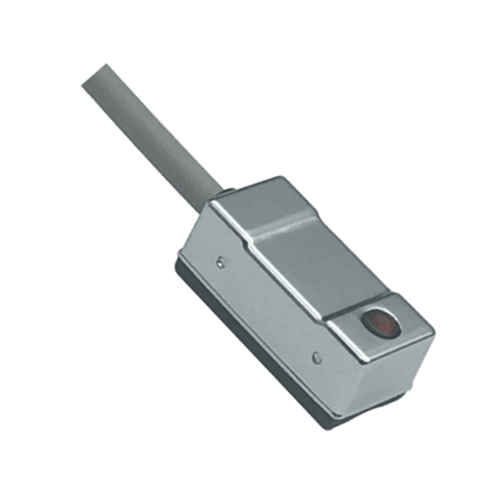

check

check

check

check

check

check

check

check

check

check
Title: Enhancing Accuracy and Precision in Laser Distance Sensors with 0.01mm Resolution
Introduction:
In today's fast-paced world, precision is crucial in various industries such as manufacturing, engineering, and robotics. One of the most essential sensors for achieving high accuracy and precision is the laser distance sensor. A laser distance sensor uses a laser beam to measure the distance between two objects. With the advancement of technology, the resolution of laser distance sensors has increased significantly, allowing them to achieve a resolution of 0.01mm. In this article, we will discuss how a laser distance sensor with 0.01mm resolution can enhance accuracy and precision in various applications.
Section 1: How a Laser Distance Sensor Works
A laser distance sensor works by emitting a short, precise pulse of light from its laser diode. The light travels through air and reaches the receiver, which contains a photodiode. When the light hits the photodiode, it generates an electrical signal that is proportional to the distance traveled by the light. The sensor calculates this signal and converts it into a physical value, typically in centimeters or inches.

Section 2: Benefits of a Laser Distance Sensor with 0.01mm Resolution
The ability to measure distances with a resolution of 0.01mm offers several benefits for various applications:
a) Improved Accuracy: With a higher level of precision, laser distance sensors can provide more accurate measurements, especially in applications where small differences in distance matter, such as measuring the spacing between machine parts during production or ensuring proper alignment during assembly processes.
b) Enhanced Consistency: A laser distance sensor with high resolution ensures consistent readings across different environments and conditions. This is particularly important when working in harsh environments, where external factors such as temperature fluctuations or atmospheric interference can affect the performance of other sensors.
c) Increased Flexibility: Laser distance sensors with high resolution allow for more flexible installation options, as they can be used in a wider range of scenarios without compromising on accuracy or precision. For example, they can be mounted on walls, ceilings, or floors, making them ideal for use in industrial settings or complex installations.
Section 3: Application Examples with Laser Distance Sensors with 0.01mm Resolution
There are numerous application examples where a laser distance sensor with 0.01mm resolution can be utilized to enhance accuracy and precision:
i) Manufacturing Industry: In the manufacturing industry, laser distance sensors can be used to measure the spacing between machines or components during assembly processes. This ensures proper alignment and reduces the risk of errors caused by misaligned components. Additionally, they can help manufacturers optimize their production processes by tracking the progress of individual machines over time.
ii) Robotics: Robots equipped with laser distance sensors can navigate complex environments with high precision and accuracy. By accurately measuring the distances between objects and obstacles, robots can avoid collisions and complete tasks more efficiently. This is particularly useful in scenarios where human intervention is not feasible or desirable.
iii) Medical Industry: In the medical field, laser distance sensors can be used for precise measurements during surgeries or diagnostic procedures. For example, they can help surgeons ensure accurate placement of surgical instruments or monitor the progress of patient treatments over time. This improves the overall quality of care and reduces the risk of complications.
